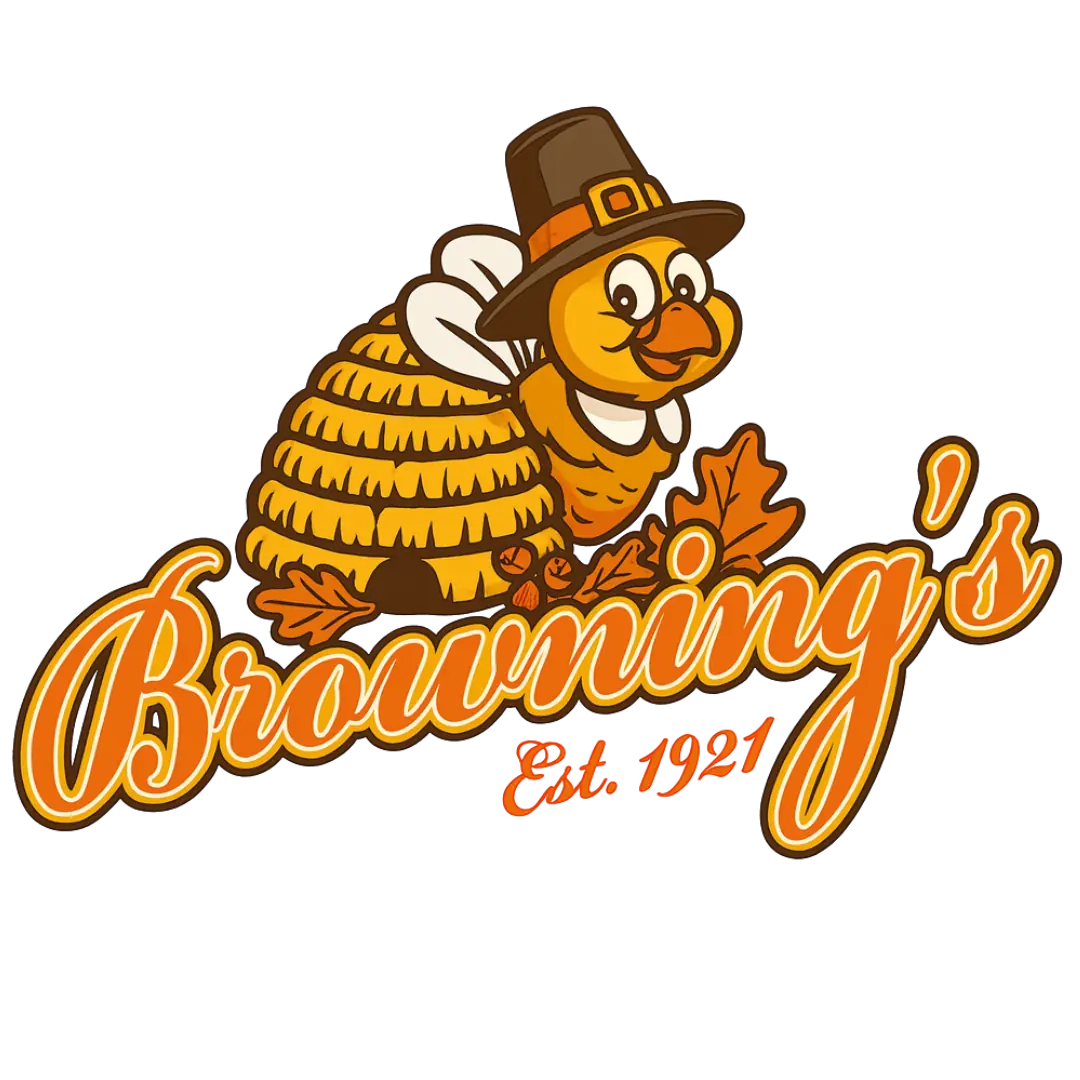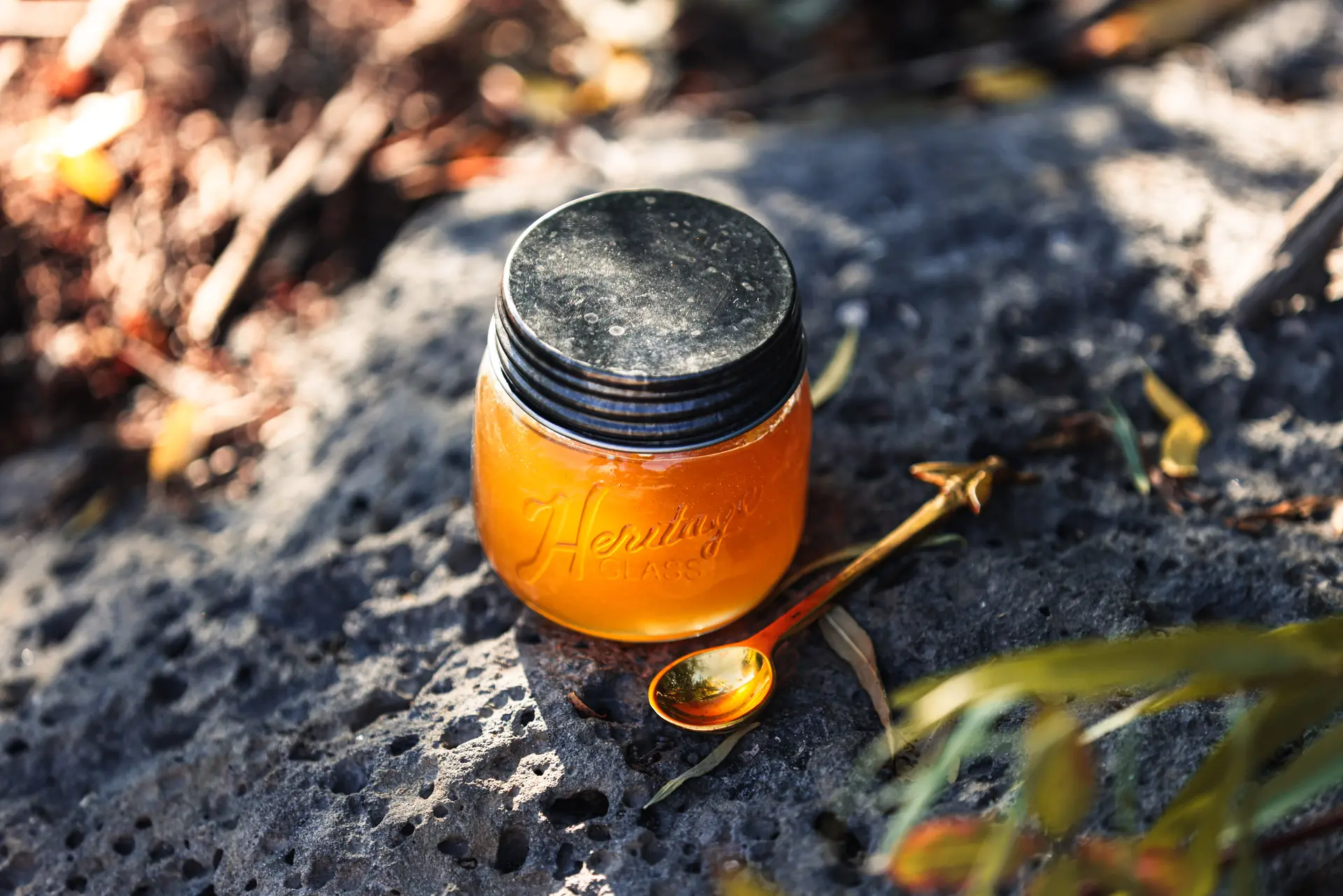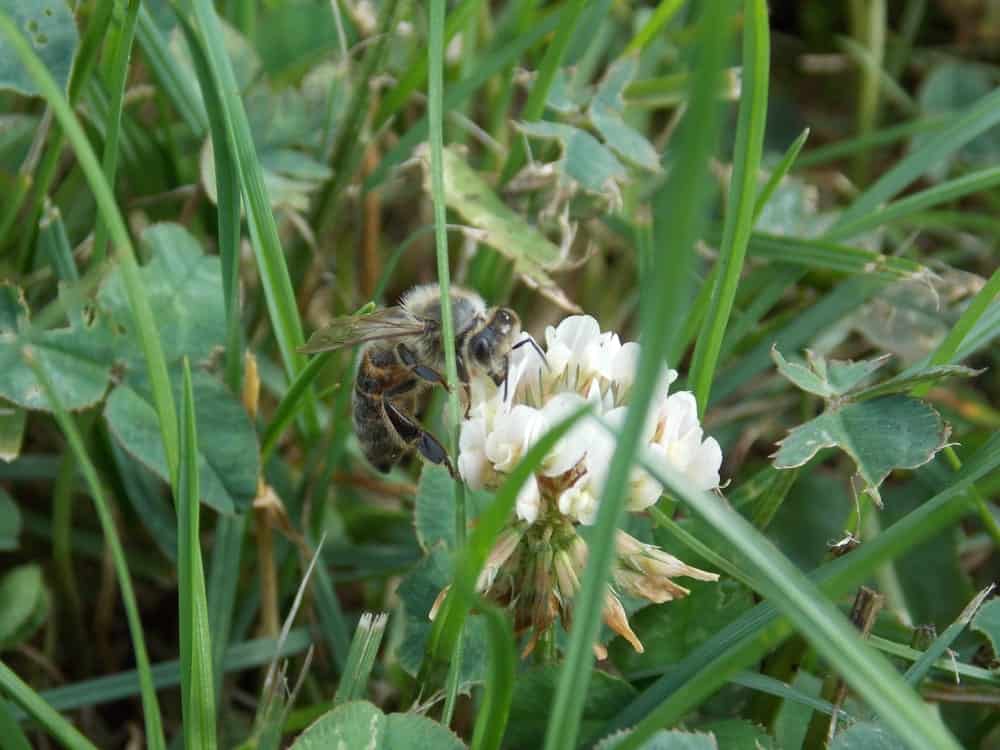Your cart is currently empty!
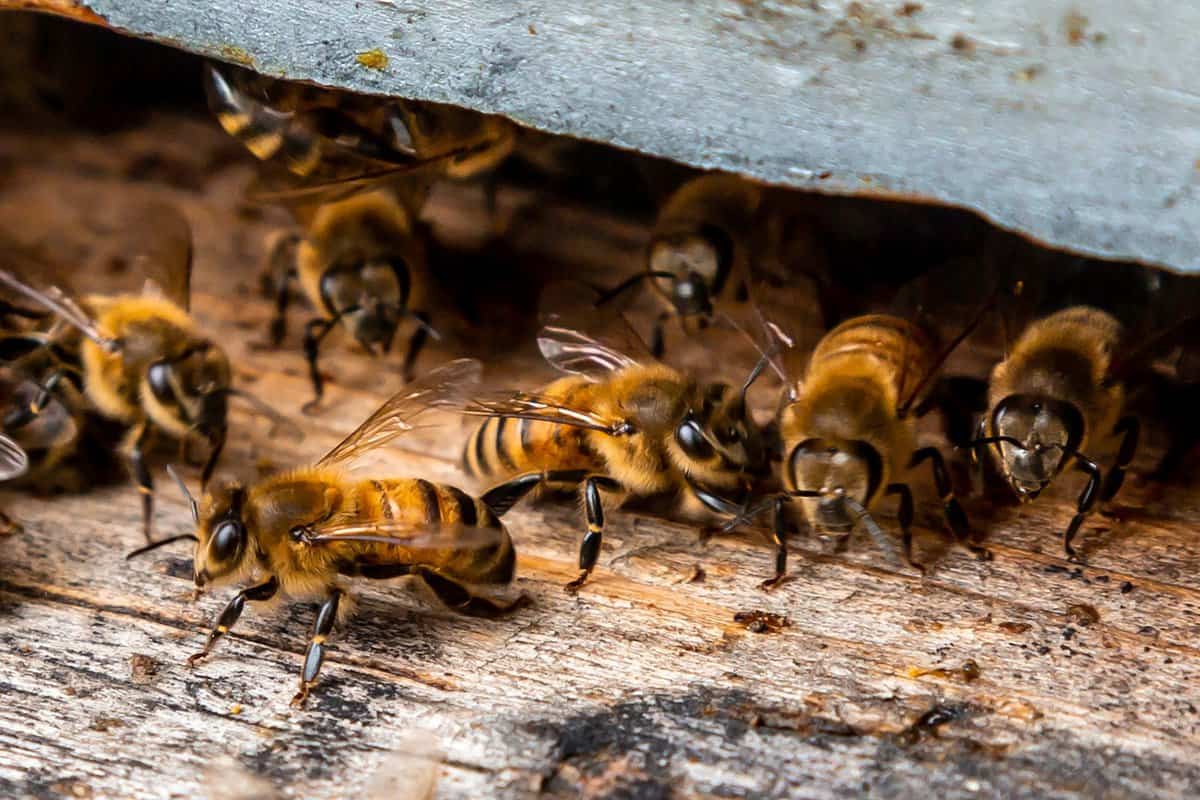
How to Support Honey Bees (Even If You Don’t Keep a Hive)
July 24, 2025
Table of Contents
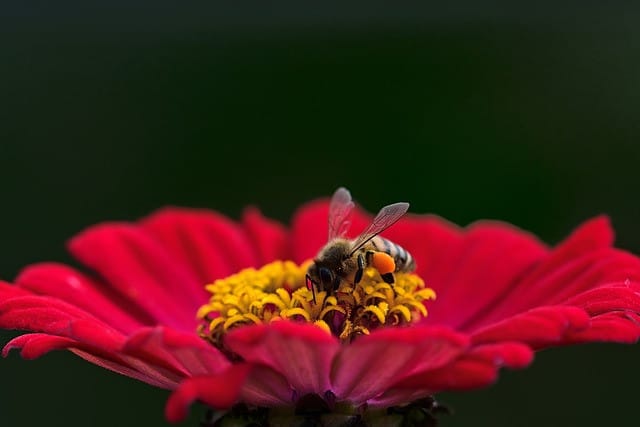
Honey bees play a vital role in pollinating the plants that produce much of our food. Unfortunately, their populations have been declining due to habitat loss, pesticide use, parasites, and disease. The good news? You don’t need to be a beekeeper to help. You can support your local bee population from your own backyard and neighborhood.
Plant Bee-Friendly Flowers
Bees rely on flowers for nectar and pollen. You can support them by planting a variety of native, pollinator-friendly plants. Because they become active during specific times of the year, make sure you plant flowers that bloom from early spring to late fall to ensure bees have a constant food source.
Top picks include:
- Lavender
- Coneflower (Echinacea)
- Bee balm
- Black-eyed Susans
- Sunflowers
- Milkweed (which also benefits monarch butterflies)
Avoid hybrid flowers; they may look pretty, but they offer little nectar or pollen. If you find it difficult to find native plants in your area, research non-invasive pollinator-friendly alternatives appropriate to your location.
If possible, consider also planting trees, such as maple trees, fruit trees, dogwood trees, serviceberry trees, and other bee-friendly species. Trees provide bees with more food and spaces to nest, especially in the early spring before smaller plants begin to bloom.
Fun Fact: Bees must visit two million flowers to make one pound of honey.
Skip the Pesticides
Even small amounts of pesticides — especially neonicotinoids — can be deadly to bees. Opt for organic gardening practices, natural pest control methods, or bee-safe alternatives if you must treat plants.
Instead of pesticides, consider using:
Neem Oil — This is a broad-spectrum insecticide and fungicide derived from the neem tree. It works against pests, such as aphids, scale, and whiteflies. While considered safe for bees, avoid spraying directly on open blooms, where bees are.
Insecticidal Soap — These soaps are made from fatty acids and work against soft-bodied insects like aphids, mites, and whiteflies by disrupting the insects’ cell membranes. Like neem oil, avoid spraying when bees are present.
Provide Fresh Water
Like all creatures, bees need water. Add a shallow dish with clean water and pebbles or twigs where they can land safely. Place it near flowering plants or shaded areas to create a bee oasis. Dumb the water every few days and replace it with fresh water to eliminate any mosquito larvae in the water.
If you come across a sleepy or lethargic bee, you can try offering it a solution of water and sugar to boost its energy.
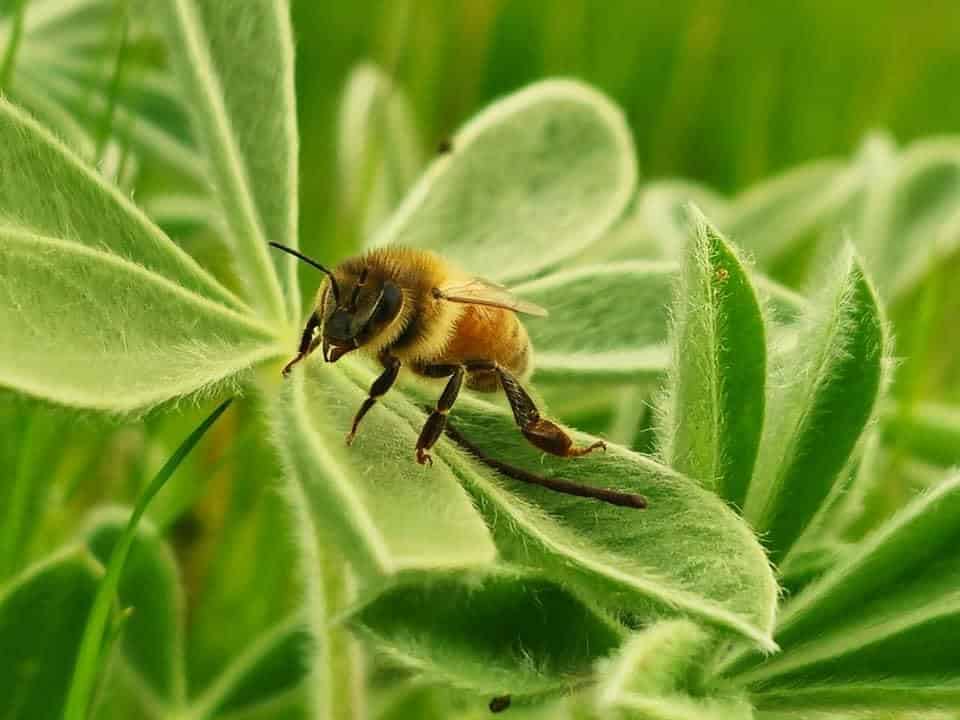
Buy Local Honey and Bee Products
Support your local beekeepers by buying raw, unfiltered honey, beeswax candles, and other bee-made products from farmers’ markets and local shops. This helps fund responsible, sustainable beekeeping practices that benefit bee populations directly.
Browning’s Honey supports local bees by staying up to date on the latest research and stewardship practices and remaining dedicated to protecting and helping bees thrive.
Leave the Weeds
Not all weeds are bad — clover, dandelions, and goldenrod are great food sources for bees, especially in early spring or late fall. Letting parts of your yard grow a little wild can make a big difference.
Create Bee Hotels or Habitats
Many native bees, like mason bees, don’t live in hives but instead nest in the ground or hollow stems. You can help by:
- Leaving bare patches of soil.
- Creating bee hotels using bundles of bamboo or drilled wood.
- Not disturbing leaf litter or fallen branches during nesting seasons.
- Leave plant stems standing through winter.
Be mindful when mowing and make sure you don’t destroy any underground bee nests.
Understand the Types of Bees
Not all bees you encounter will be honey bees. North America is home to over 4,000 species, including bumblebees, mason bees, and leadcutter bees. Many of these are more efficient pollinators than honey bees. Supporting honey bees means supporting all bees, as they all work together to support the ecosystem.
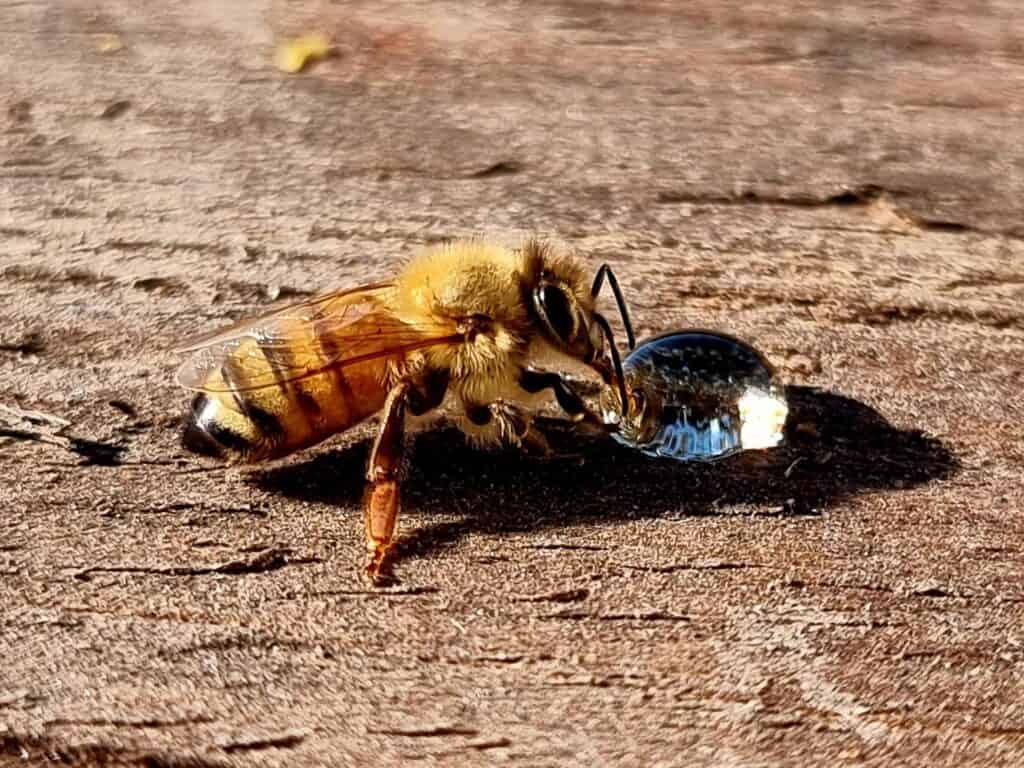
Educate and Advocate
Talk to your neighbors about bee-friendly gardening, support local conservation efforts, and encourage your community to plant pollinator gardens in shared spaces like schools and parks. Encourage local governments to adopt policies that promote bee habitats and reduce pesticide use.
Small Changes, Big Impact
One-third of the food we consume relies on pollinators. To support local honey bees, you don’t need a hive or a garden full of bees to make a difference. You just need to plant the right flowers, avoid pesticides, and make conscious choices about what you buy and how you garden. By creating a welcoming environment, you ensure bees and the ecosystems they support can thrive.
